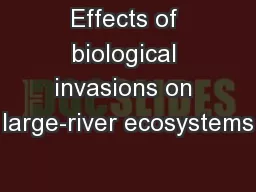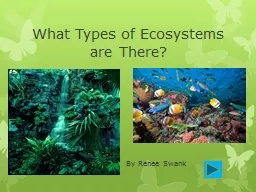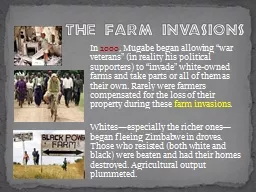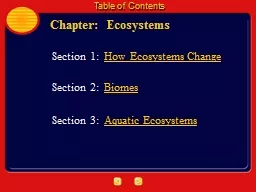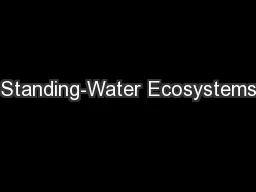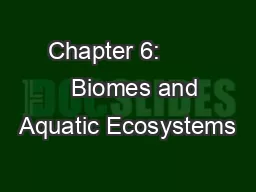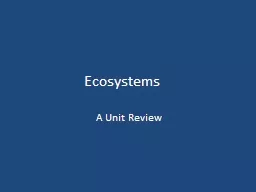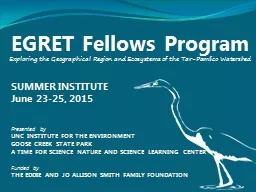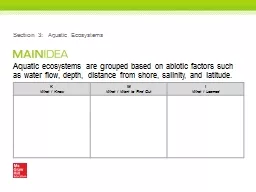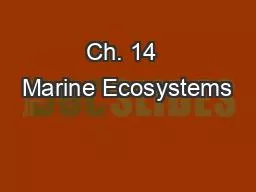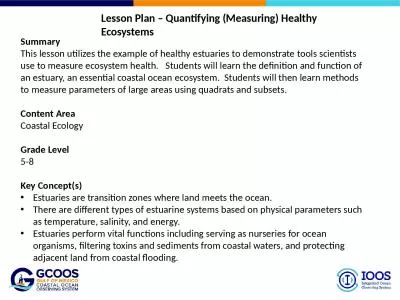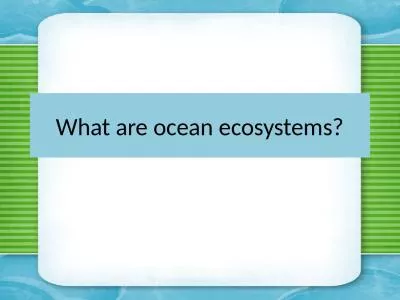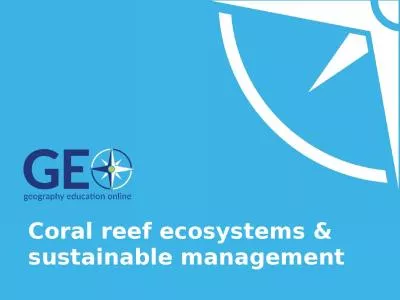PPT-Effects of biological invasions on large-river ecosystems
Author : alexa-scheidler | Published Date : 2017-06-30
Dave Strayer Cary Institute of Ecosystem Studies Conclusions Like other threats being discussed here Biological invasions have large varied effects on largeriver
Presentation Embed Code
Download Presentation
Download Presentation The PPT/PDF document "Effects of biological invasions on large..." is the property of its rightful owner. Permission is granted to download and print the materials on this website for personal, non-commercial use only, and to display it on your personal computer provided you do not modify the materials and that you retain all copyright notices contained in the materials. By downloading content from our website, you accept the terms of this agreement.
Effects of biological invasions on large-river ecosystems: Transcript
Download Rules Of Document
"Effects of biological invasions on large-river ecosystems"The content belongs to its owner. You may download and print it for personal use, without modification, and keep all copyright notices. By downloading, you agree to these terms.
Related Documents

